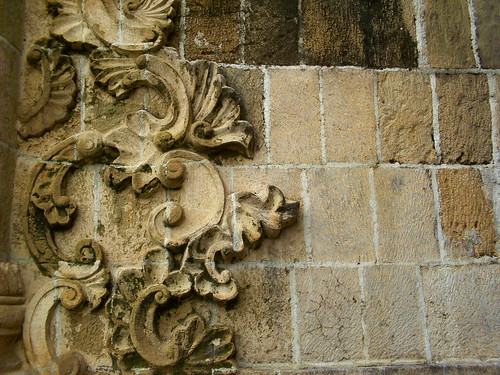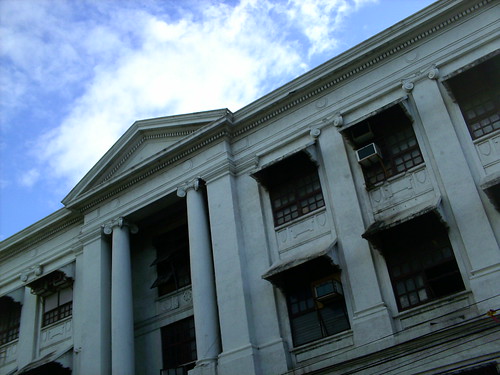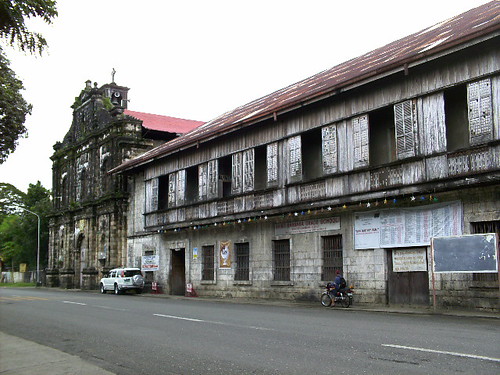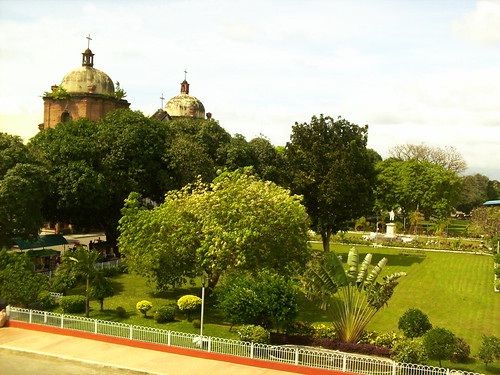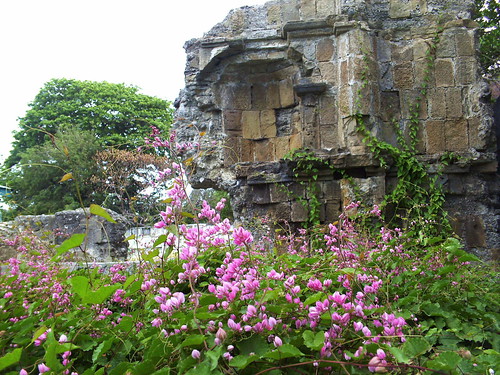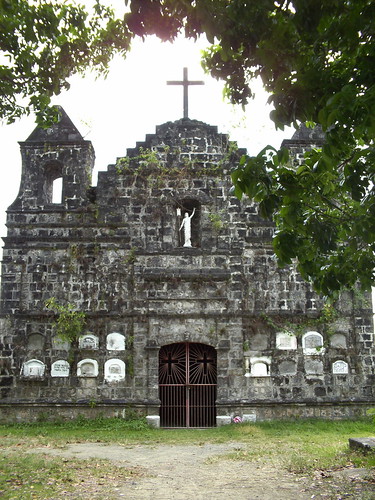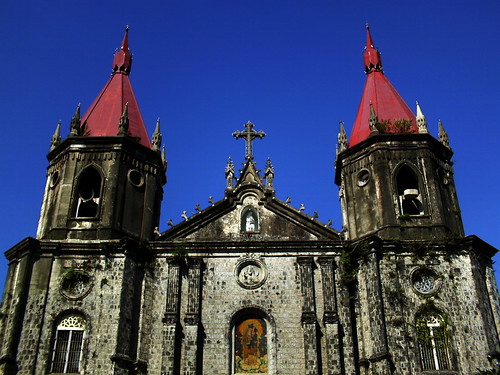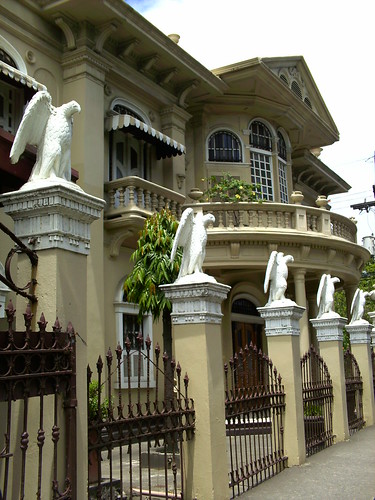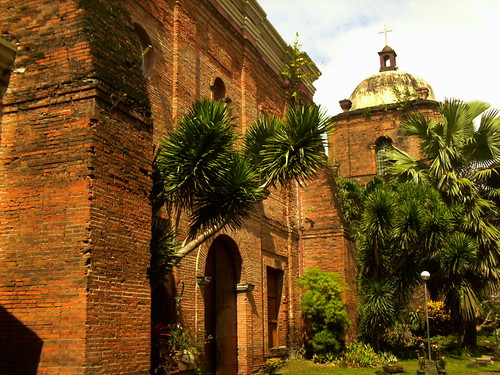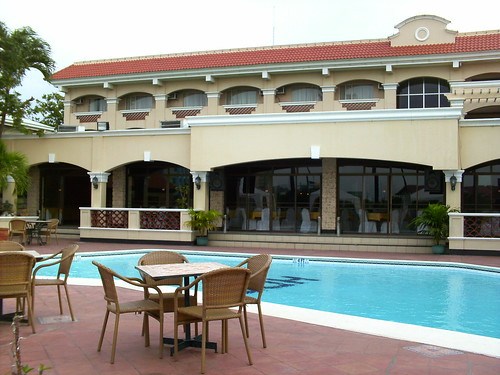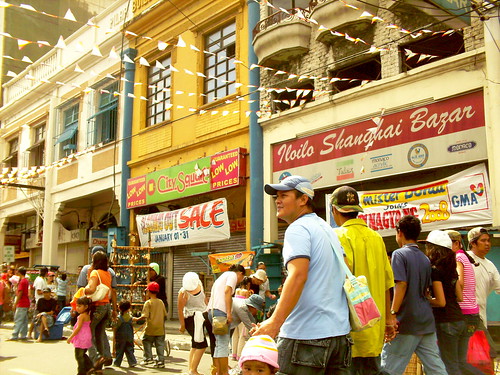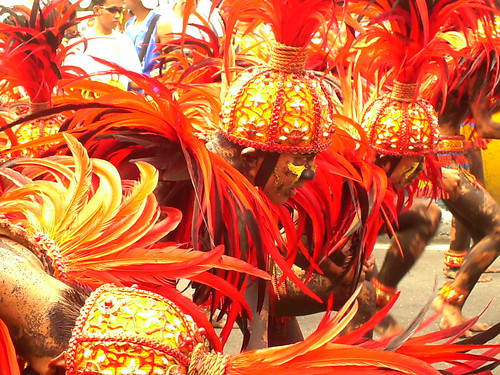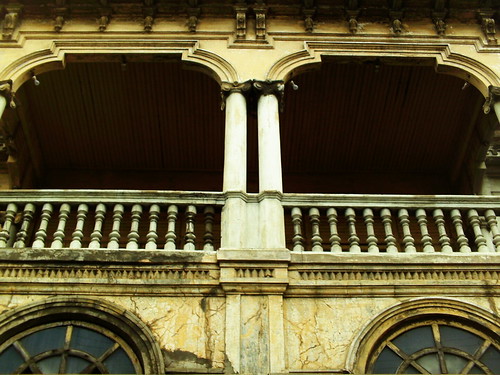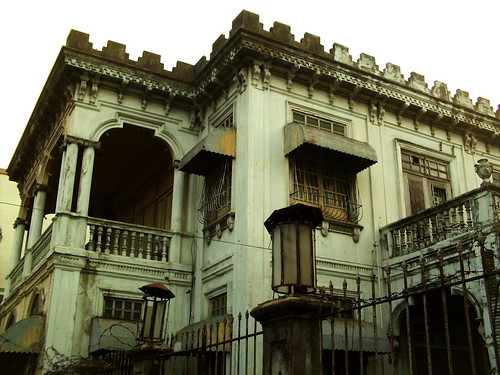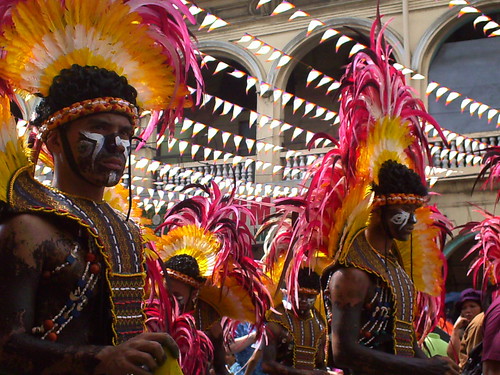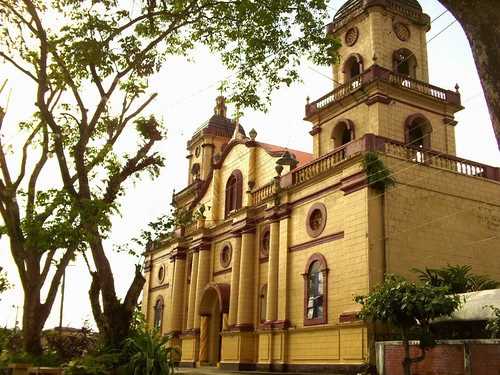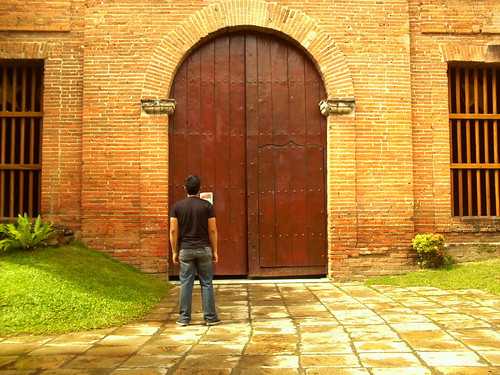This is an actual story from someone who has experienced how Typhoon Frank made a dramatic entrance to the province of Iloilo and to its neighboring provinces. I know how everything took place. I know how people have to let go of valuable possessions. I know how many places have been damaged. I know, because I was there.
It has been two weeks since that typhoon came to 'visit' Iloilo, many typhoons had come and the people have gone tired of the usual thing that happens all over again.
However, what happened last June 21, 2008 was not 'history repeating itself', it was one of the strongest typhoons that came to the Ilonggo Nation, something that gave all of us a lesson.
"It was seven in the morning and I was ready, all fixed, my white uniform suited me well, and I have an hour and thirty minutes left until duty starts at the hospital. As I took the jeepney away from our house, everything seemed well. Though it was raining, there seemed to be nothing to worry about. As I reached the city, water was swelling up a few streets but it didn't worried me for it'll go after the rain would stop or so. I was in the hospital and I was oblivious about a storm hitting the city, I mean, there's rain, there's wind but no one said anything about a storm.
As I left the hospital early that afternoon, it was quite odd since not a jeep was to be found, I mean, the street was almost completely empty except for some vehicles passing through. It took a while before a jeep passed. As I reached my university, flood was already surrounding the school. It was like the school was built with rivers running around it. I went to the dormitory changed to my civilian clothes, washed my white uniform and took a bath. I was getting hungry and some of my dorm mates asked me to go with them to a mall since we were all starved. I went with them to the mall and all was quite well, we met up with our other dorm mates and there were like thirteen of us hanging around.
At five o'clock in the afternoon, the mall was then surrounded by water. There was a lot of people panicking and crying all around us. The mall became an evacuation center in an instant. We were not aloud to go outside since it is very dangerous, the current was fast and the highways were like rivers and fields were like lakes. We were stranded inside that mall overnight. The salesladies, the shoppers, tourist and more people stayed too and people slept in the food court. By morning the flood has left but it carried many things away too.
Bridges were broken, damaged and nulled. Houses were destroyed and businesses were devastated. In some parts of the province, transportation was even distorted. It was like the storm created a new picture not worth looking at. Many lives were taken away as well and for the first time in my life, I know how to become one of the victims of a great storm."
Ilonggos need you. I have lost many things as well, my camera is broke and I have to save money to buy a new one, My father's business was paralyzed after a vital bridge collapsed in our town. I hope you can help the victims of typhoon Frank. Iloilo Needs You. We need you.
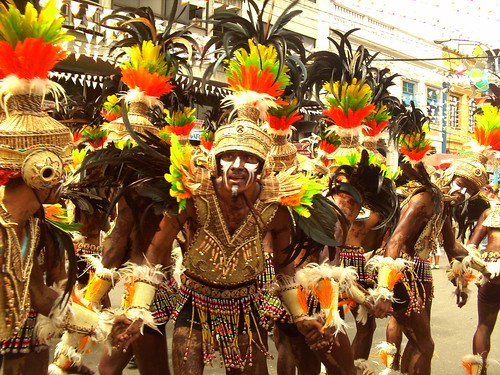



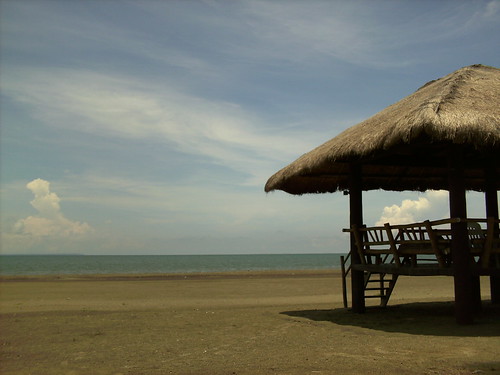
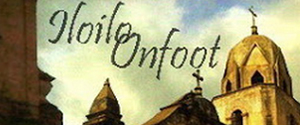


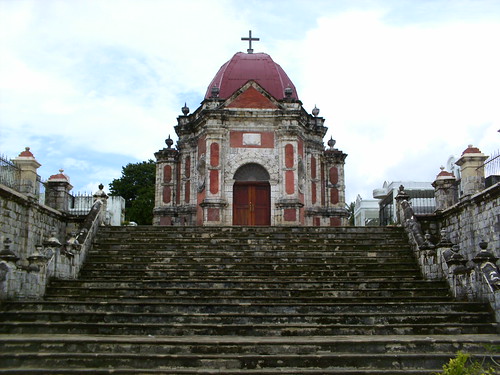
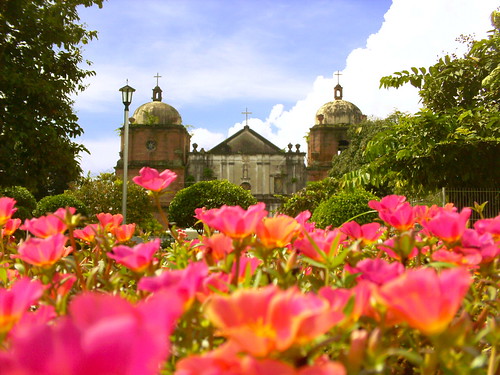
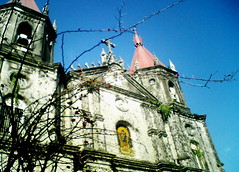
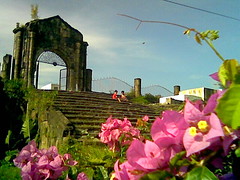


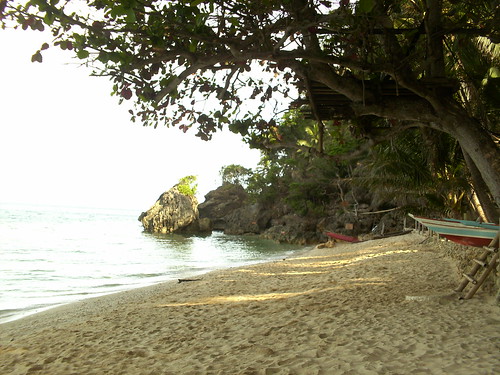
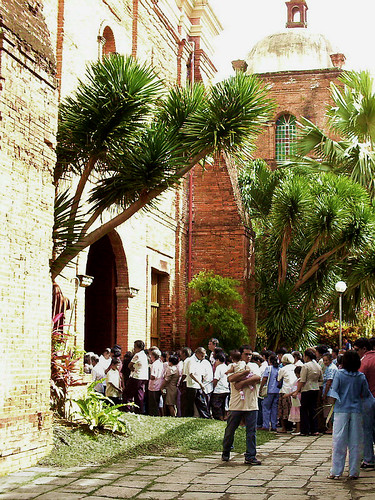
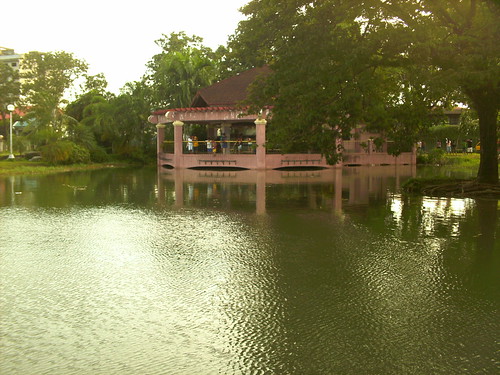


 The Mansion is like any typical Hispanio-Filipino Colonial House... simple yet elegant. With continuous restoration and preservation, the mansion remained as one of the most attractive sights in the town of Jaro.
The Mansion is like any typical Hispanio-Filipino Colonial House... simple yet elegant. With continuous restoration and preservation, the mansion remained as one of the most attractive sights in the town of Jaro.
